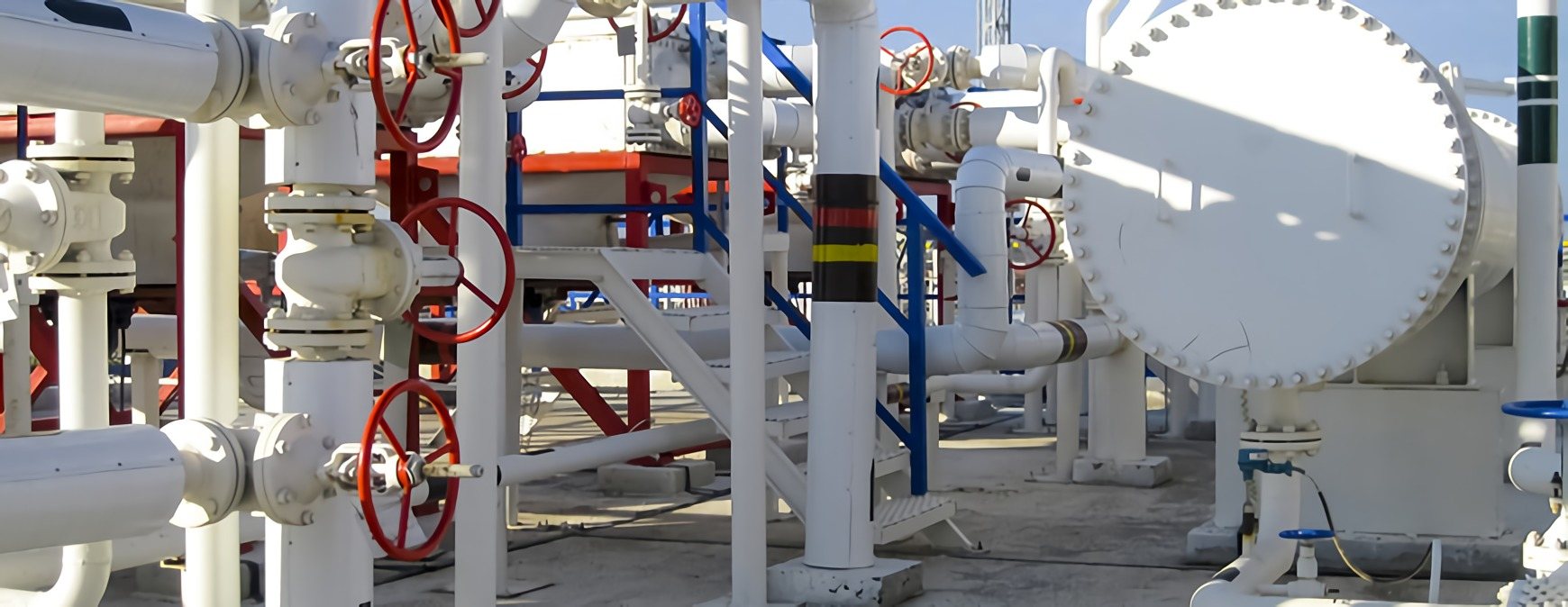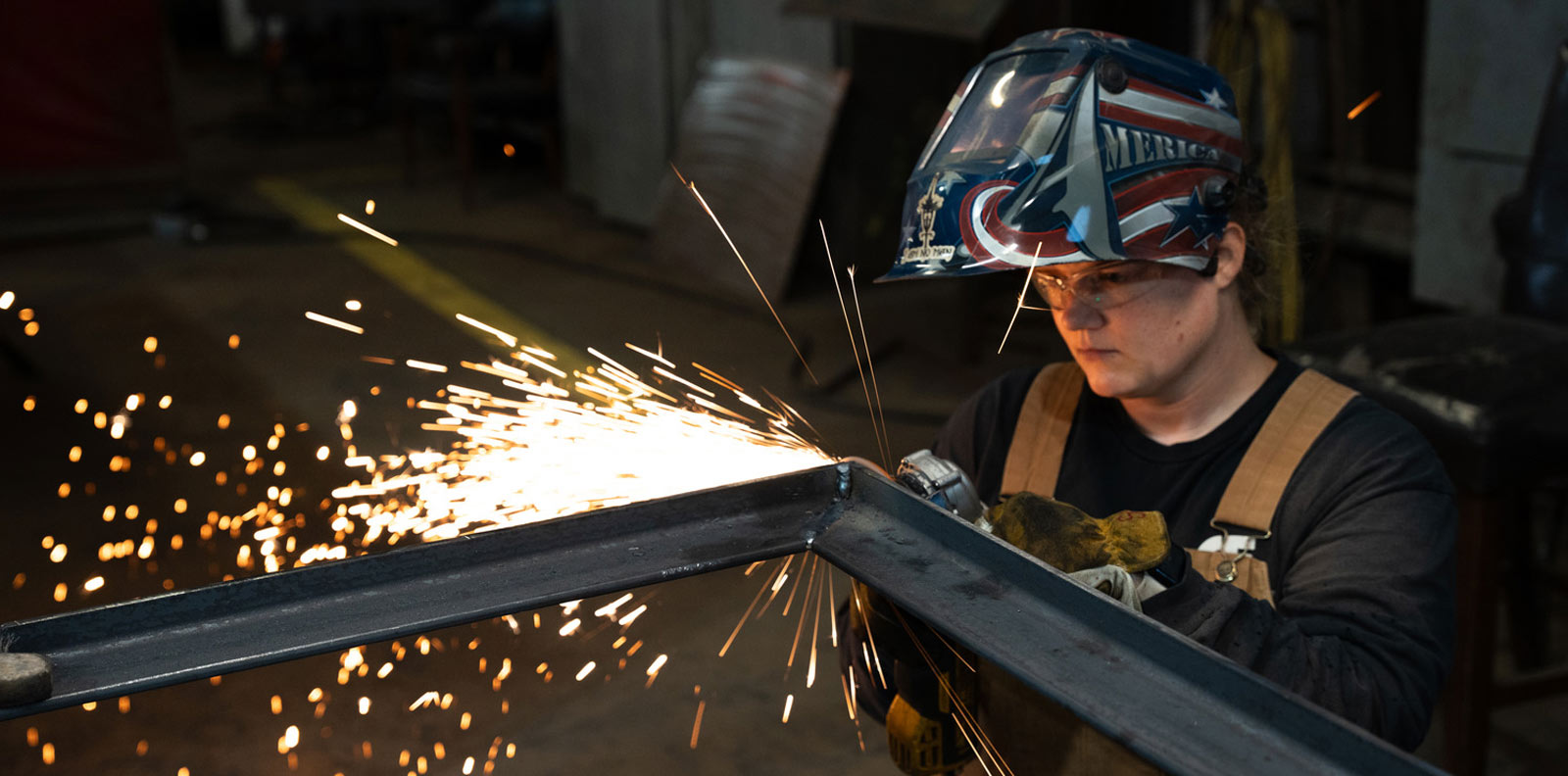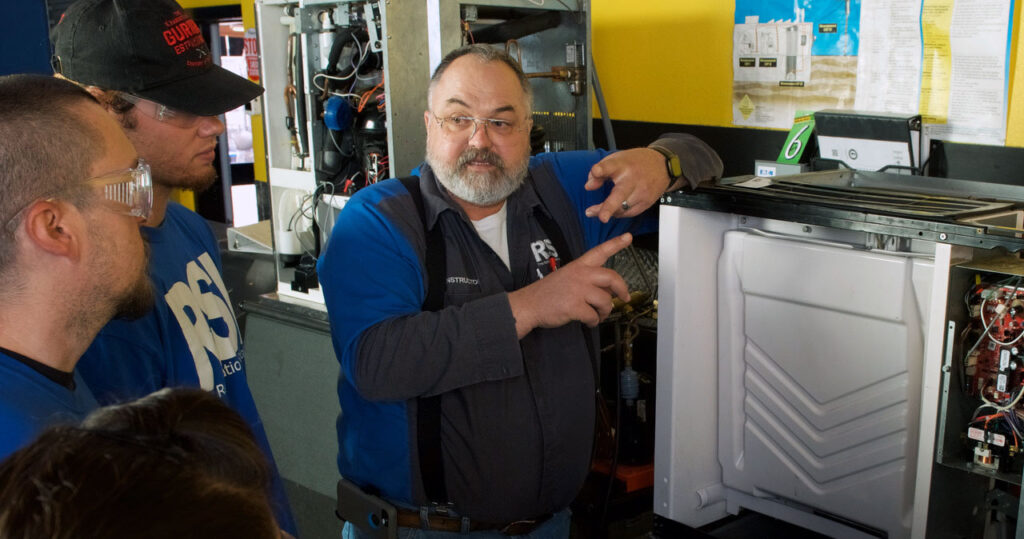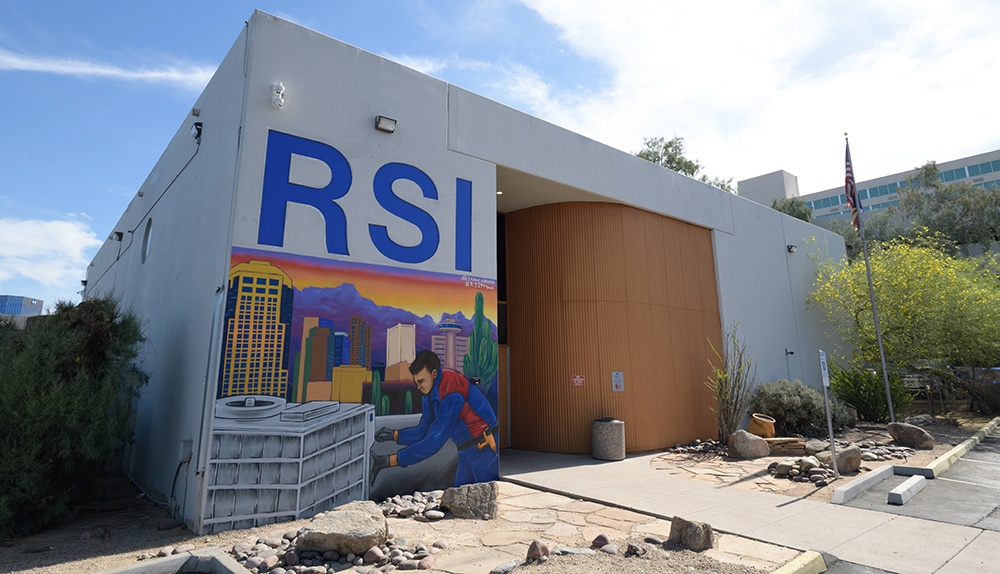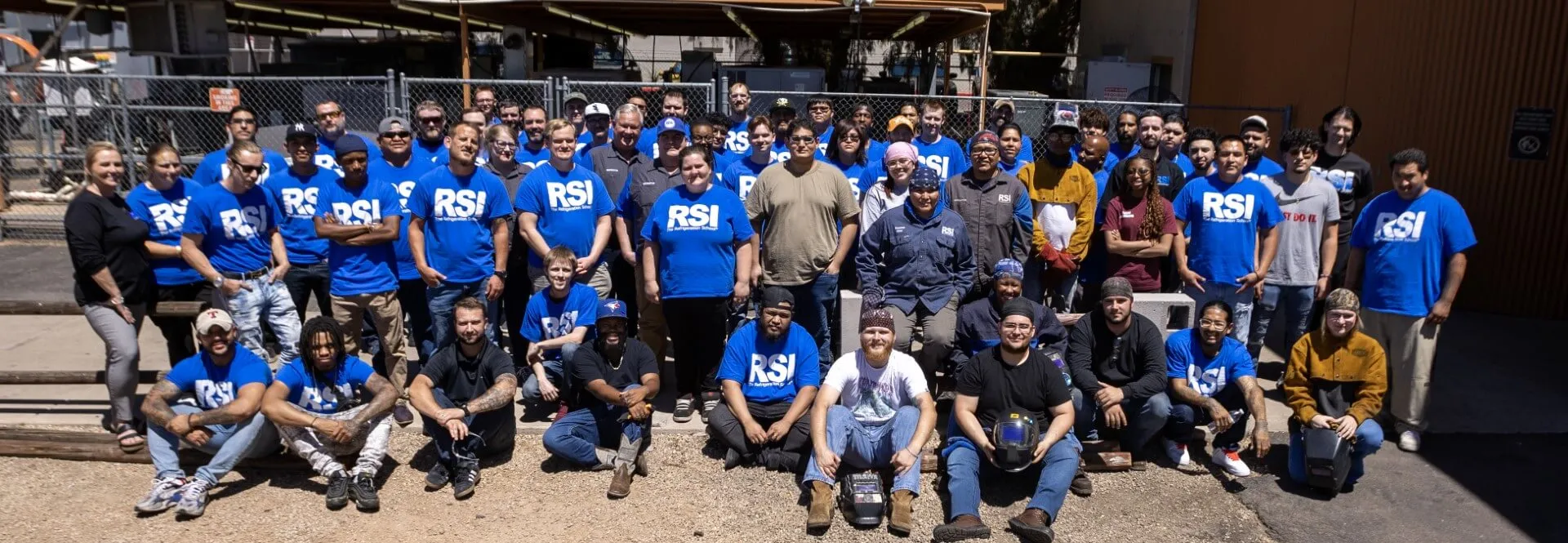RSI is a Great Training Option for Everyone
Learn more about how we can prepare you to advance your career.
Any HVAC technician worth their salt will tell you that HVAC equipment doesn’t create cold energy. Rather, it transfers thermal (heat) energy from one location to another.
Heat flows from areas of high temperature to areas of low temperature, according to the Second Law of Thermodynamics. The HVAC system is responsible for reversing this natural flow, removing hot air from buildings in the hot summers and placing it in buildings in the cold winters. [1]
How does that happen? It’s all about the heat exchanger.
What Is a Heat Exchanger in HVAC?
A heat exchanger is a device that transfers thermal energy from one medium to another. [2] Heat exchangers not only assist in the cooling and heating of homes and buildings, but also help machines and engines work more efficiently. [3]
Here are some examples of the types of heat exchangers used in HVAC units: [4]
Get Started on the Path to a New Career
Fill out our form to learn how we can help you change your life.
- Condensers
- Evaporators
- Earth coils
How Do Heat Exchangers Work?
To better understand how a heat exchanger works, let’s take a look at the role the device plays in two of the most common types of HVAC equipment: an air conditioner and a gas furnace.
How an Air Conditioner Uses a Heat Exchanger
Air conditioners remove heat from indoor spaces and transfer it outdoors. One of the major chemicals it relies on for this process is refrigerant.
Refrigerant carries, absorbs and releases heat as it changes from a gas to a liquid and back again during the refrigeration process. [5] Here are the different steps:
- In the air conditioner, the refrigerant channels through the various components, moving heat as it goes.
- The refrigerant starts out as a low-pressure liquid in the evaporator coils.
- A fan blows the warm air in an indoor space across the coils, and the refrigerant changes into a vapor as it absorbs the heat from the air and, in turn, cools the room.
- A low-pressure warm gas now, the refrigerant travels into the compressor—usually located outdoors—where it converts into a high-pressure, hot gas.
- The refrigerant moves into the condenser, also typically outside.
- As air flows over the condenser, it carries away heat from the refrigerant with it, causing the refrigerant to change again into a high-pressure, cool liquid.
- The refrigerant will cool off even more in the expansion valve before returning to the evaporator to absorb more heat to carry out of the building.
While the entire air conditioning unit could be considered the heat exchanger between the indoor and outdoor spaces, the condenser is the part responsible for heat transfer in the air conditioner. [6] [7]
How a Gas Furnace Uses a Heat Exchanger
For decades, gas furnaces have been one of the most popular appliances for heating homes during the cold winter months. [8] These units employ heat exchangers to raise the temperature of air before dispersing it throughout a building via ducts and registers.
In a gas furnace, the heat exchanger is an airtight vessel with a hole at the bottom and one at the top, which is called the flue. Here are the steps the heat exchanger takes within the gas furnace:
- Burners generate combustion gases and send them through the first opening into the heat exchanger.
- At the same time, a blower channels indoor air over the exterior of the heat exchanger.
- The heat exchanger uses the combustion gases to warm the air, which is then distributed around the home.
- Exhaust gases from the combustion process are released through the flue to the outside of the home. [9]
The heat exchanger in a gas furnace plays two roles: exchanging heat from the combustion process to the air blown over it and keeping toxic combustion gases separate from the heated air. [10]
Heat Exchangers Keep Us Comfortable
Less energy needed to cool or heat a building means a more energy-efficient HVAC system. Heat exchangers do the heavy lifting for you. [11]
Get the full scope on what those heating and cooling systems really do with our heating and cooling systems infographic.
Additional Sources
[1] Title: Fundamentals of HVAC; Authors: Carter Stanfield and David Skaves; Air-Conditioning, Heating, and Refrigeration Institute; Second Edition; Textbook page 109
[2] http://www.dictionary.com/browse/heat-exchanger
[3] http://www.explainthatstuff.com/how-heat-exchangers-work.html
[4] Title: Fundamentals of HVAC; Authors: Carter Stanfield and David Skaves; Air-Conditioning, Heating, and Refrigeration Institute; Second Edition; Textbook page 1475
[5] http://www.businessdictionary.com/definition/refrigerant.html
[6] https://www.furnacecompare.com/air-conditioners/what-is-a-condenser.html
[7] Title: Fundamentals of HVAC; Authors: Carter Stanfield and David Skaves; Air-Conditioning, Heating, and Refrigeration Institute; Second Edition; Textbook page 1468
[8] Title: Fundamentals of HVAC; Authors: Carter Stanfield and David Skaves; Air-Conditioning, Heating, and Refrigeration Institute; Second Edition; Textbook page 809
[9] https://www.trane.com/residential/en/resources/hvac-basics/how-does-a-central-heating-cooling-system-work.html
[10] Title: Fundamentals of HVAC; Authors: Carter Stanfield and David Skaves; Air-Conditioning, Heating, and Refrigeration Institute; Second Edition; Textbook page 816
[11] http://www.brighthubengineering.com/hvac/28623-types-of-heat-exchangers-used-in-hvac-systems/
This blog has been labeled as archived as it may no longer contain the most up-to-date data. For a list of all current blog posts, please visit our blog homepage at https://www.rsi.edu/blog/
